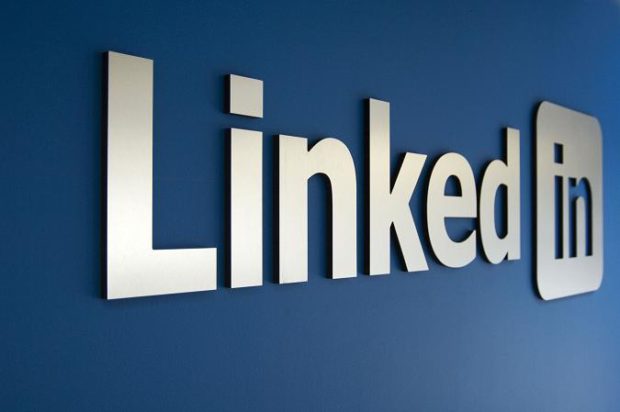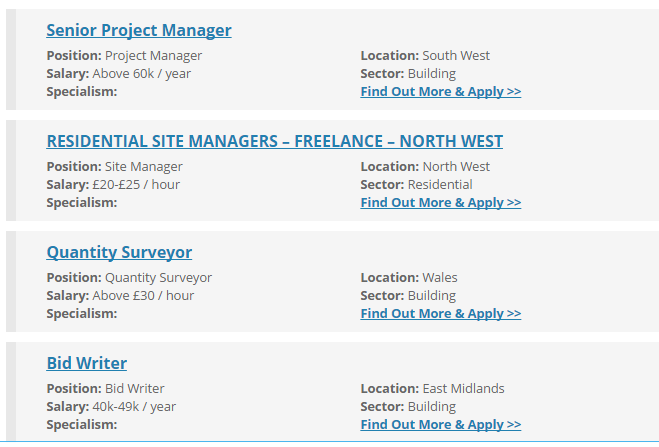How to Get Hired Using Your LinkedIn

The job sector has been quick to adapt to the changing ways of the recruitment process by shifting from the in-person hiring process to online or remote proceedings. The global pandemic, ‘Rona, has slowed down our way of living; the economy is scrambling, our social lives are becoming minimal, and leisure jet-setting may not be an option for a while.
But, even amidst all that, we are still able to soldier on, find a job and get hired; not to mention that we can do that without leaving our homes.
LinkedIn is the Facebook of professionals. More than 80% of individuals use LinkedIn for job opportunities, and many businesses – whether for recruitment or visibility, are using LinkedIn to stay relevant and even to search for potential employees. You can benefit from this platform by flexing your awesome work experience and skills to your array of connections. There’s a whole lot of resources too that you can use while searching for jobs.
However, having a LinkedIn account is not enough to make your presence noticeable, let alone get headhunted. There are more than 690 million users from over 200 countries on LinkedIn. Yours need to stand out!
Make your profile concise yet relevant
Put yourself in the recruiter or possible employer’s shoes: you’ll probably just skim through people’s profiles since you don’t have all day to be sitting around and reading each item, right?
Basing that empathy exercise onto your profile-building, don’t flood it with lengthy content. An interesting profile pic and a catchy headline are essential; this will entice the viewer to scroll further down to the more critical area which is the Experience section.
On this particular section, avoid stipulating every single skill and scope you possess. Keep it short, sweet, but still relevant — company, position or job title, and key skill or scope should be sufficient.
Save the rest of the equally important details on your resume. Yes, you still need to upload your resume on LinkedIn, which brings me to the second point.
A resume is still essential
If you are still getting the hang of LinkedIn, you probably assume that your profile is your resume. Wrong.
Your profile is more of a summary of your resume; only highlighting the unique and head-turning skills and your experiences. Knowing how to add a resume on LinkedIn would make sense in this stage. But don’t worry because uploading your resume is easy-peasy. Make sure to go through one last review of your resume to check that it is up to date and that there are no typos or grammatical errors.

Once you’re confident that your resume looks great, you can upload it directly by clicking on your profile and click on featured and then click on media app. This is where you can upload your resume file.
Portfolio
Turn your profile into a portfolio. This will make your account stand out even more and catch others’ attention. Visual media is a more effective way to showcase your accomplishments and skills.
LinkedIn makes it easy uploading or connecting other media to your profile, such as infographics, videos, audio samples, or presentations. There’s a lot you can do on LinkedIn without a lot of words, so get creative!
Networking = LinkedIn
LinkedIn is heavily dependent on networking to make your profile relevant and visible to others. This means that even if you have a killer resume, your chances of getting noticed will be much higher if you have a network of professionals who can recommend your skills.
It is all about making connections. Recruiters source possible candidates daily and professionals in similar industries exchange and share ideas consistently to stay up to date with trends and, at the same time, stay relevant with their peers and online connections.

Be active
In marketing, for a brand’s presence to be felt, it needs constant visibility. That means the brand needs to be relevantly active to be top-of-mind to its target market. In this case, your brand is your profile.
In the LinkedIn world, being a spectator is the opposite of being active. Be a player! Participate by posting updates or sharing articles that are relevant to your professional brand. This can be a platform to showcase your personality, too. Just align the content you share to your field or beliefs.
Join professional groups
This is a more efficient way to broaden your network. By joining a professional group, you instantly get the opportunity to connect with a mass number of like-minded individuals with the same wavelength as you. This is an excellent opportunity to connect with individuals that you wouldn’t be able to engage with otherwise.
When joining professional groups, make sure that you also participate and contribute to a thread and an array of conversation. However, this is not an avenue to self-promote. But, if you do, be sharp about doing so. The group’s purpose is mostly to share relevant contents or ideas with other members. Position yourself to be an essential member of the group by providing valuable input or comments for the public to remember you by. It is a subtler and welcoming way to market yourself without imposing your presence to others.
Let recruiters know you’re open
Just like on any social media platform, let your target audience know your “status” and in this, you need to set your profile that you are open to work. This is by no means a tool to get you a job on the spot, but when you activate this status, your profile photo will automatically incorporate a frame letting recruiters know that you are actively looking to get hired.
It is a more passive way to get the recruiter’s attention since they receive hundreds of messages and connections from eager job seekers. They are also actively sourcing potential employees daily at their own pace.
LinkedIn is just one of the many tools for job sourcing, although LinkedIn is the more preferred platform for professionals and companies alike in the industry. Of course, just because you have followed all of the guides above, doesn’t mean you stop there. Always update your profile and be on the lookout for new trends in job sourcing and vacancies.




